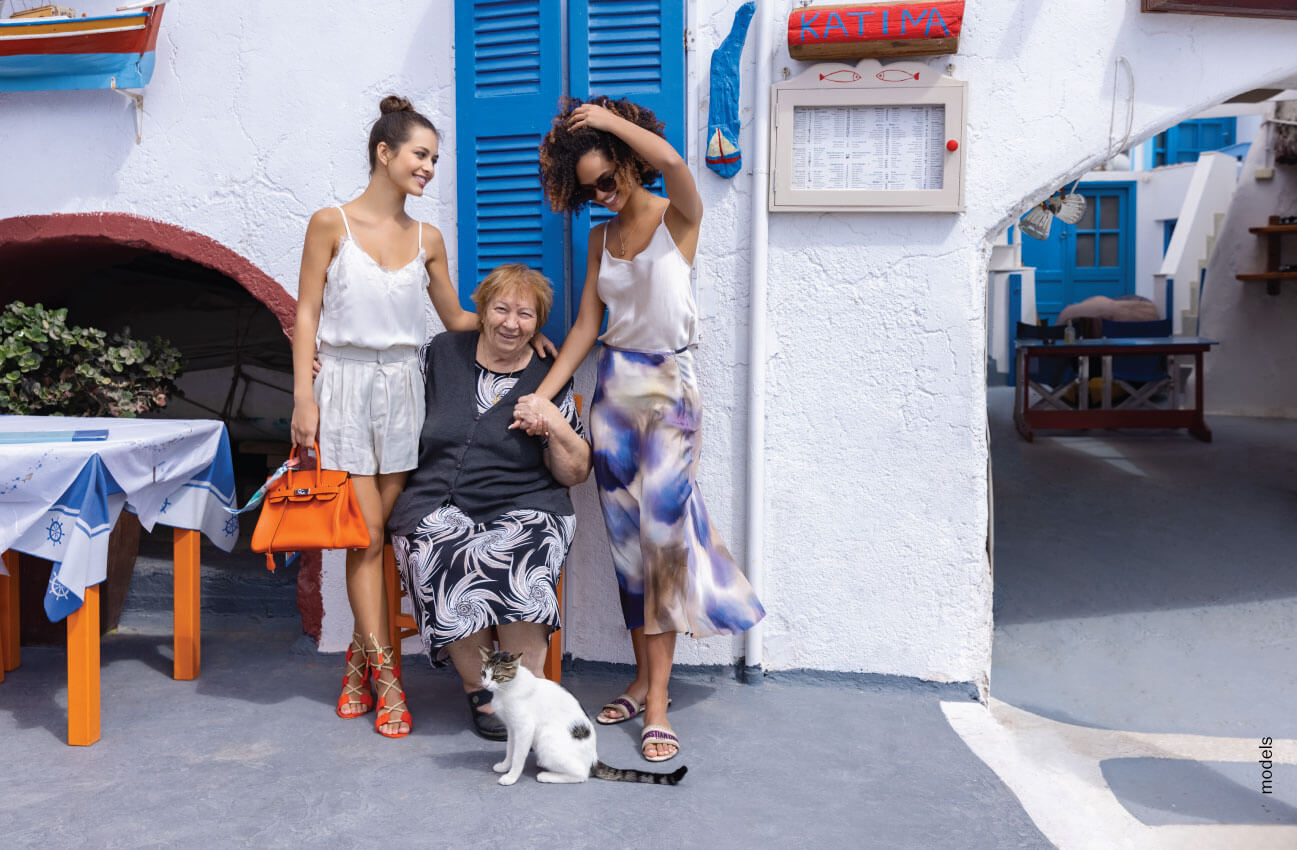

Head Lice
Lice are tiny parasitic insects that typically live on the scalp but can also be found in the eyebrows or eyelashes. Head lice spread their eggs throughout the hair, infecting the hair and scalp. The eggs often look like dandruff and can live for more than two weeks. Once hatched, the lice can live for up to one month on a human.
WHAT CAUSES HEAD LICE?
Head lice are generally spread from person to person by physical contact, and they can spread very easily. This itchy infestation is also called pediculosis capitis. While they are a nuisance, lice do not carry or spread diseases and do not lead to serious medical problems.
WHO GETS HEAD LICE?
Children, especially of young school age, most commonly get head lice. However, anyone can get lice, especially when living in close and crowded conditions. Being infected with head lice, however, does not mean that the person is dirty or has poor hygiene. Millions of people are infected each year.
A person can get head lice if he or she comes into close contact with someone else who is infected, touches the clothing or bedding of an infected person, or shares items such as hair brushes, combs or hats with someone else infected with lice.
WHAT ARE THE SYMPTOMS OF HEAD LICE?
The most obvious, and often first, symptom is intense itching. It is also possible that the eggs, which look like small flakes of dandruff, may be spotted in the hair before itching starts. Once hatched, live lice can be difficult to spot; look at the base of the hair, all the way at the scalp, under strong light. Small, red bumps may also appear on the scalp, neck or shoulders. In intense cases, these bumps may become scaly or begin oozing, especially with excessive scratching.
HOW CAN HEAD LICE BE TREATED?
Immediate treatment is recommended if even one egg is found since lice spreads very quickly. The recommended procedure is to use a lotion or shampoo containing 1% permethrin, also called Nix, which can be bought over-the-counter. Apply the medical shampoo according to instructions, and check again for lice after eight hours.
It is also very important to make sure that all eggs are removed. The eggs (also called nits) cling to the hair strands and are very difficult to remove. Nit combs made of metal or plastic with very fine teeth are sold for this purpose. Rubbing olive oil or beeswax in the hair or on the comb prior to use can make the nits easier to remove.
All bedding, towels and clothing exposed to the lice or infected person should be washed immediately in hot water with detergent.
Consult your doctor if the head lice remain after at-home treatment. Prescription medications and treatments are also available.